Link: Vestax – Price: $899/€799/£599
Table of Contents
Preface
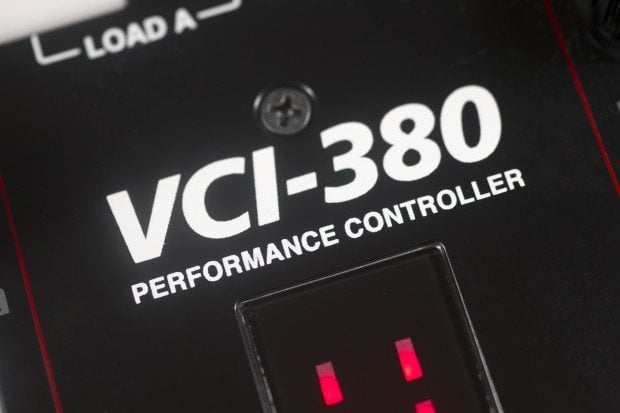
Continuing the DJWORX tradition of more detail and multiple opinions, this is the first of two full reviews. There are a number of VCI-380s floating around the wider DJWORX circles, and so far the reaction has been overwhelmingly positive. Read on for my full opinion.
Vestax VCI-380 Introduction

While they may not have been the first, Vestax certainly defined the current standards for DJ controller layouts. The VCI-100 can be classed as a standard in a time where technology moves too quickly to have such things. The VCI-300 followed it and became ridiculously popular for Serato ITCH users. Then the 4 channel revolution swept through scene, which seemed to catch Vestax by surprise, leaving them with no offering for the 4 channel hungry hordes.
But Vestax aren’t fools. Last year saw the VCI-400 appear, a product that wasn’t designed for any particular software package, and aimed to please as many people as possible. But again, this was for the 4 channel guys, or at least those MIDI guys wanting the most versatile unit that would fulfil their needs and expectations.
For me, the 400 was not the controller I’ve been waiting for. I want 2 decks, hot cues, loops and analogue mixer ability in a compact unit. Some have come close – the Numark NS6 had almost everything, but was too big. And then Musikmesse saw the VCI-380 blip on the radar. And right away I was hooked. Could this be my ideal controller?
In a Nutshell
The Vestax VCI-380 is a Serato ITCH based DJ controller in the now classic mould. It’s 2 channels, 3 band EQ, static jog wheels, effects etc – you know, the usual. But this has the added benefits of high quality performance pads for samples, hot cues, auto loops, slicing and loop rolling. Add to this the ability to use it as a regular mixer, and you have a very comprehensive 2 channel controller.
First Impressions
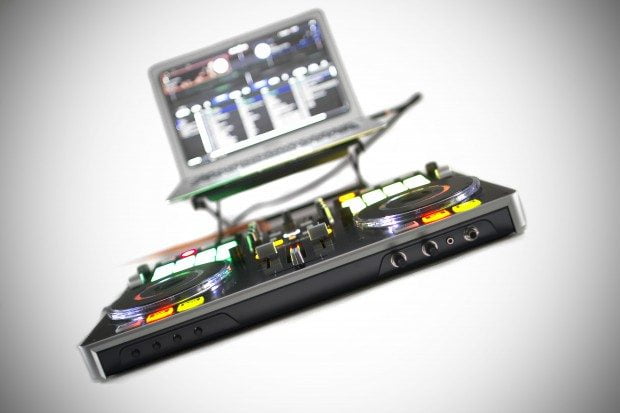
It’s certainly familiar. Take the DNA of a VCI-300, transplant a couple of PAD-Ones, a VFX-1, and graft in some Novation Twitch genetic material and you have a VCI-380. It’s as if all the cool bits of digital DJing have been dragged together, polished a bit and made into a very cool controller.
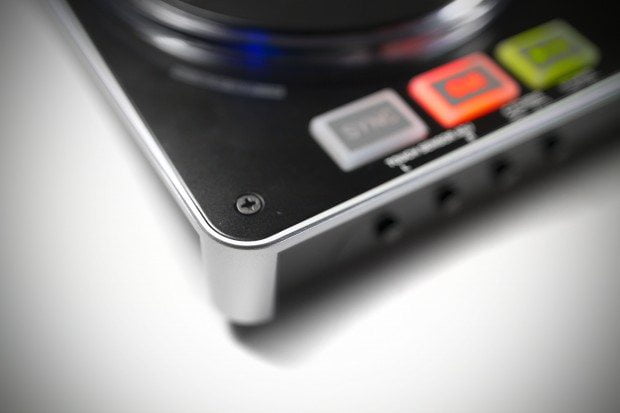
Build is classic Vestax – tank-like with tell-tale signs of hard learned experience. Each time they bring forth a new design, you can see the clear improvements over the old ones. Not just in terms of quality, but also in workflow. I suppose we should class this as a VCI-300 update, so let’s look at the differences in build between them. Physically it’s slightly heavier, and a little bigger, but still bag-sized and flight safe. The chassis has become a little more stylish than utility – gone is the fingerprint unfriendly scratch magnet of a faceplate, and in comes an easily removable and very Styleflip friendly one. This is surrounded by a Silver plastic trim, designed solely to protect the edges and corners, which is wrapped around a formed metal base. It’s not quite the formerly heavyweight metalfest of the VCI-100, but it does feel substantial enough to take a knock or two.
The controls are of the now expected high quality. The smaller buttons are a hard plastic, with the rest being spongy rubber and just about every one of them has an LED backlight, which in all but the brightest lighting conditions are nice and colourful. The metal stemmed pots are rock solid and nutted to the body, and every other control is of an equally high quality. Lessons have been learned from the VCI-300, and sorted out properly on the 380.
Layout-wise, the VCI-380 is symmetrical. Once upon a time, this was a real issue, mainly for those used to a conventional setup. But these days, it’s quite the norm and for me works very well indeed. It also adopts a more formalised 2-decks-and-a-mixer layout that people will be used to, and does work better. In a new twist for controllers, and probably borrowed from Pioneer, the business end of the VCI-300 i.e. the pads are set in a sightly inclined section all of their own. Not only does this make the pads work better, but it helps to reinforce the layout somewhat. Really good work here Vestax.
As a current controller, it’s hard to fault the quality, the looks and the layout. I kind of prefer the older clunkier rounded stylings, but that’s personal taste than anything. But so far, so good.
Jog Wheels

This is an area where Vestax dance to the beat of their own drum. Most manufacturers adopt a CDJ derivative bevel edged wheel designed to resemble a traditional platter. But when Vestax brought forth their VCI-100, it was clear that they had different ideas. This particular wheel is the evolution of various designs, and while very definitely being a jog wheel, there are some key features that put these into a different category.
Firstly, they’re a little bigger than before – 135mm across, giving you a slightly larger tactile area for your fingers. At this size, every little counts. Secondly, the tension adjust, like the VCI-400 is now in the middle of the wheel. The old method of applying pressure at the edge of the wheel was good but not perfect. This new adjuster method applies tension evenly to the centre and feels a lot smoother. The method of adjustment is good too – I favour pressing down on the adjuster to keep it still and moving the jog wheel. The wheel adjusts from near free running to having to spin hard to get a full revolution, so every style is catered for. And rather than a recessed screw control at the back, the touch sensitivity is now a proper knob on the front on the VCI-380.
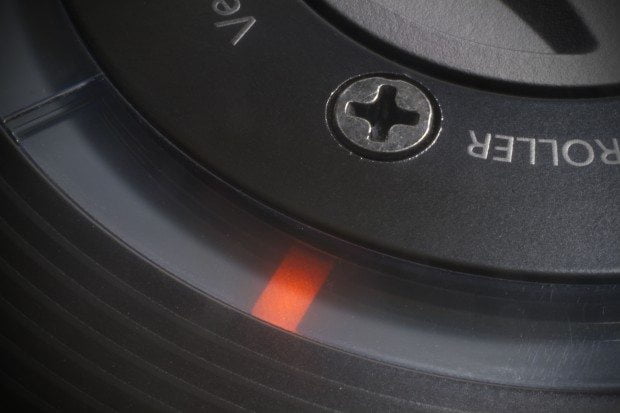
By far the biggest change is the addition of LEDs on the jog wheel itself. These are pretty common on media players, but less so on controllers. I’ve never been a fan myself, as the accuracy isn’t always great. But I’m very happy to see these on here. One of the biggest issues with laptop DJing is waveform syndrome, where DJs find themselves glued to the screen instead of working their gear. And this LED ring goes a very long way to stopping this.
The ring is bright but does have a lag when scratched. But the LED position exactly matches the on-screen one – even down to the jumping back to 12 o clock of the cue points as per ITCH, and returns to the right position almost instantly. After watching waveforms for years, pulling the jogwheel back to the right place without waveform syndrome was a joy. Very big thumbs up on this one Vestax. Perhaps in the distant future, those wheels will be circular LED screens with label art. One can wish.
Faders
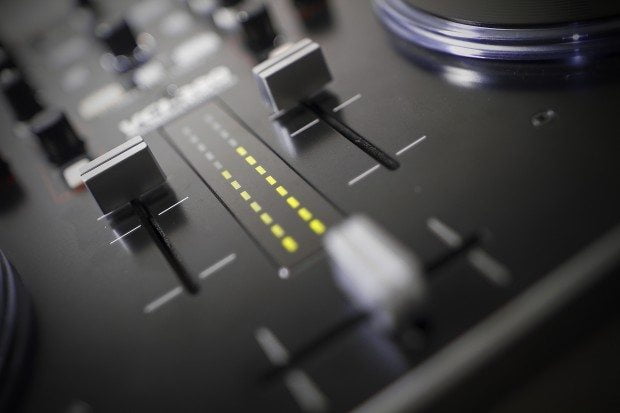
Vestax have a very long history with robust faders. When controllers first came out, faders were merely good enough. But now, with demands on hardware and software being ever higher, fader requirements are becoming important factors, especially on a performance unit like this.
For a controller, the fader section is pretty well specced. The faders are 45mm, with regular square Vestax caps and raised 3mm above the faceplate. The crossfader is slick and wobble-free, whereas the linefaders are a tad stiffer and better suited to mixers. Both have physical curve controls (down to roughly 2mm lag), and the crossfader has a software reverse/disable toggle.
While the crossfader is perfectly scratchable and able to pull off the clickiest of crabs, Vestax have made it relatively easy to swap out the stock fader for their rather nice CF-X2 crossfader. I don’t have one to check it out with, but it feels amazing in my 05 Pro IV mixer. I can also confirm that a regular Innofader is too deep to fit, but the Innobender version does work. So if the stock fader isn’t good enough for you (for most it will be), there are options.
Pitch
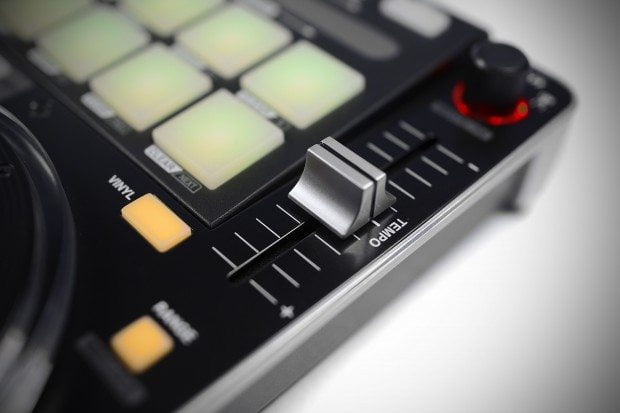
ITCH offers 8, 16 and 50% pitch ranges via a small button just above the jog wheel. Shift-hitting the button enables keylock – great speeded up, but not too clever when slowing down more than 15%. Given Serato’s pedigree in this area, I was a little disappointed. I was equally disappointed with the lack of pitch bend buttons, but that’s personal preference and can be achieved with the jog wheels.
The VCI-380 offers short 60mm throw pitch faders that are stable and smooth, but lack a centre detent or even any hardware LED indicator for 0%. Bearing in mind that these are short throw, the resolution is hard to nail, but seems to be 0.03% at 8%. Given the more sample/sync based workflow of the VCI-380, I’m less bothered than I would be on more mix-centric units, but it’s worth bearing in mind. And like previous ITCH units, I found it reasonably easy to confuse ITCH with repeated range changes and pitch shifts.
Treat pitch tenderly, and she will serve you well. But for me this is probably the weakest part of the VCI-380 by some way.
IDEA: Probably heading into broken record territory here, but Serato – I’ll just leave this one here…
Ins and Outs

The days of audio interface free controllers are almost gone. It’s pretty much expected that controllers will be plug and play – USB cable in, audio output in and you’re off. And when you get to this high-end level, ins and outs are quite seriously catered for.
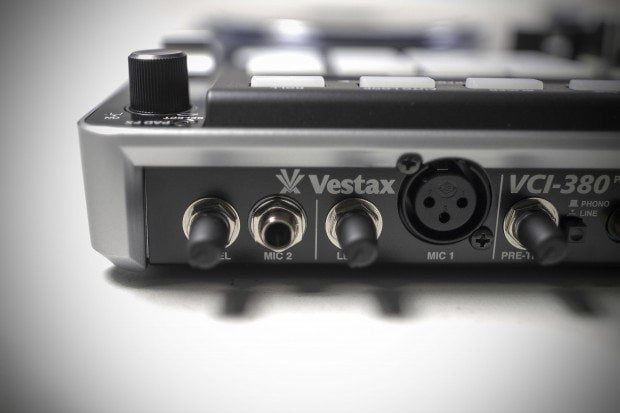
Starting round the back, for the mobile guys who are adopting controllers on an increasing basis, there are 2 separate mic inputs – 1/4″ and XLR, and each with their own volume controls. Thankfully Vestax have thought to add chunky rubberised knobs to the volume controls, making reaching over the back less of a pain. Side note – no effects routing for the mics.
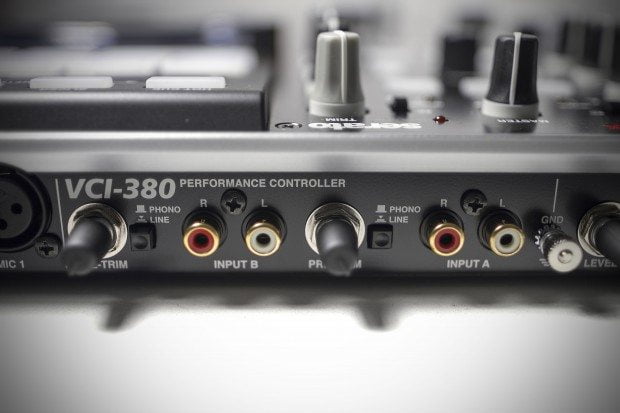
Next up are the RCA inputs. They’re switchable between line and phono and also have their own trim controls. These inputs are useful should you need to reboot your laptop or swap over between DJs as they work without the USB connected, and still use the onboard EQ and even th effects controls work as filters. Clever stuff. More importantly, these allow you to use your favourite DVS package through the VCI-380, but we’ll get to that in a few paragraphs.
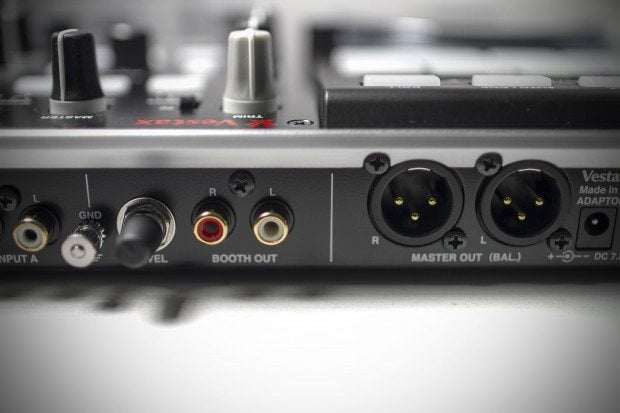
Outputs are served pretty well with balanced XLR outputs – just XLRs, rather than having unbalanced RCAs, as well as separate booth outputs with its own volume control on the back. There’s also the now standard large and small headphone jacks with master/cue and volume controls. No split cue though. Am I the only one who likes having a split cue?
One important point with the VCI-380 is that it requires power, which in turn means it’s loud, and all the LEDs light up nice and bright.

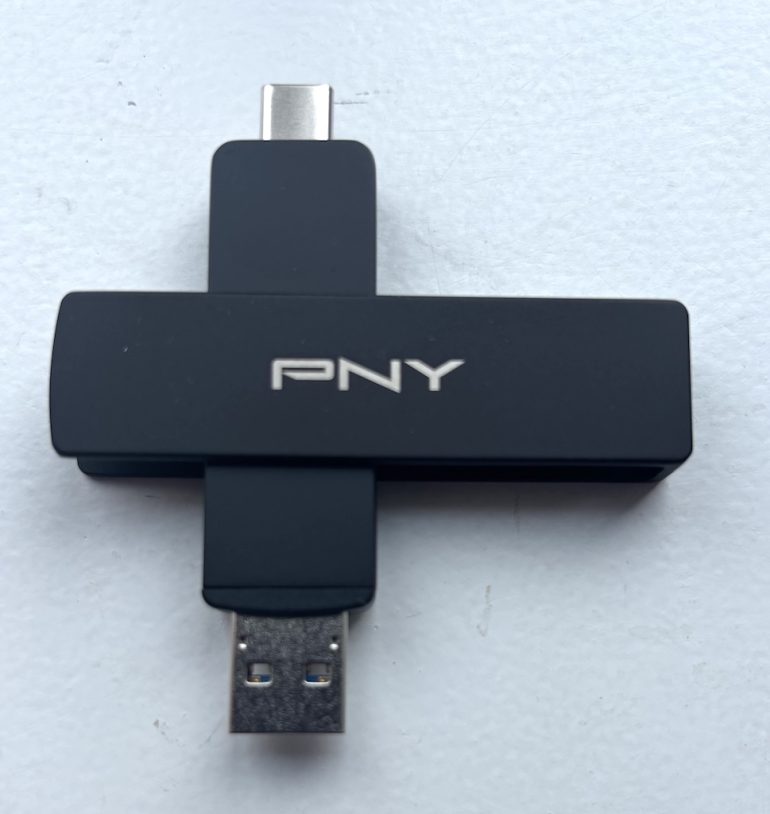


‘Bout time I registered on here…
I have had a 380 since launch day in the UK, and I completely with every point in your review.
Having been a long-time SL user, and Twitch owner since last year, this is the controller which finally pushed me to use Itch full time. Something just feels right about it.
One thing which I feel you’ve maybe failed to explain or understand quite properly is the business with saved loops.
In SL, or with older Itch controllers, you can activate a saved loop at any point, and the loop becomes active but the playhead continues from where you currently are.
So, for example, you can loop up the intro, exit that loop, and load a loop saved at the end of the track.
The track continues to play until the playhead reaches that outro loop, at which point it loops.
With the 380, activating a saved loop makes the playhead jump immediately to that loop, so you can’t load a loop in advance.
You can load a loop before starting play-out of the track, of course, but that removes the ability to loop or loop-roll earlier in the track.
It mainly affects people who play a lot of non-quantised funk etc, and who therefore have manually set loops for intros and outros.
Personally, it’s not how I work, and the same behaviour was on the Twitch, so I’m used to it.
But I thought that worth explaining further.
I thought you might chip in at some point. Thanks for explaining the loops a little further. It really does seem to bring out near hatred of the VCI-380 (or is that Serato?), and if that’s how people are used to working, I can quite understand it.
Seeing as I don’t have an especially fixed style, I try not to get myself into habits, and go with whatever gear comes my way. As I say in the review, if it really bothers people that much, perhaps Serato need to revisit this looping behaviour, especially if they want to appeal to SSL users.
Hey phatbob,
I got three questions:
Do you feel that the VCI matches the feel and function of the twitch exactly?
Also, I believe that the effects cannot be applied to the channel faders on the 380 (as on the twitch), do you miss that?
Finally, does the touchstrip work as the LED strip on the twitch, especially the drop mode, etc?
I ask because I’ve been waiting for the VCI versus buying the twitch. I already have another jog wheel controlller, but I thought the itch might be nice complement/alternative. Alternatively, I would keep the old controller as backup and roll with the 380 only as the main.
Your thoughts?
RD
Completely AGREE… Obviously. Doh.
I was genuinely shocked at how much some people seem to rely on those saved loops, it’s just not a workflow I’ve ever used, in years of SL use. But it seems like the people who do rely on it, REALLY rely on it. And that’s fair enough, it’s the workflow Serato software has offered for a long time.
Personally, I find a fully tweaked beatgrid on a track allows me to use the auto beat loops comfortably at any point in the track, so the need for manually quantised saved loops is simply not there.
We know that Serato must have Itch code for both behaviours, so an option for users to switch modes seems like the answer to keep that vocal contingent happy.
i’m so excited about this controller! so far, most everything sounds great but i am a little disappointed in the pitch throw. i suppose for any controller-only use i can get by with the sync feature, i’ve never wanted to rely on it… yet in my opinion it’s a small price to pay when no other controller can really compare (yet).
unfortunately i can’t much comment on the “saved loop” issue with Itch, but in my experience with my V7s i tend to use the ‘beat jump’ to set a loop to auto-engage later in the song (or technically i’m just moving the loop, but it works for my use).
Great review Mark – this really does seem like a a future icon of DJ controllers.
One slightly unrelated question. I am a fellow member of bagaholics anonymous (Your review of the SlingBag Trolley Deluxe greatly influenced my recent purchase of that trolley). So I am wondering if your wide, worldly bag experience would know if this controller would fit into the UDG Producer Bag? I know it fits the VCI-300, so given this is a little bigger – I have my fingers crossed.
Cheers.
I need to know also if the 380 fits the small UDG producer bag? Dimensions on 380 are larger but I think it might just fit the bag
Great review. Couldn’t agree more. I’m in love with my 380 :)
Question I have ns7. I have grown tired of luging this heavy thing around. So I bought tracktor s2. hate this equipment. How does vci 380 compair to ns7. Would I be happy with it? Will this fit in fusion backpack? I love ns7 its just to heavy to carry from club to club.
@Bishop- They are two very different animals, but you should be happy. The NS7 is one of my fav controllers to borrow for a party-it reminds me of the old days of vinyl, and gives me a really simple and quick workflow that I don’t get with Traktor (even though I love my Traktor mappings). I recently picked up the VCI-380 however, and I think it will actually be my go-to controller for parties now. It doesn’t give me as much fun destruction toys as my 400 mapping with Traktor, but it gives me a ton of creative tools, and the best jog performance I have ever felt this side of the NS7. It is actually the only static platter unit I have been able to do a proper beat juggle on since the Pioneer CDJ800/900/1000/2000s, due to the platter LEDs.
As for FX, the pad FX are dope, but the slicer is actually the big winner here. It fills this cool niche between beat juggling and hot cues, and with the quantize options and smart sync, you can do some dope live production stuff when mixing in. If you are happy with the FX in ITCH, it is the best implementation you will find.
If you are into ITCH, you should be really happy.
Great Review – i have had one from very early on and have used it sucessfully for several gigs. the sound qualitly is great also on big rigs!
The pads do take getting used to especially if your only trying to add a small bit of filter to a roll or something – but feel awesome.
The loop issue is personal i think and you can work around it. It could do with a minor rethink perhaps – but not overly bothered (there were only a few random things i used to do with stored loops)
Slicer is great but does require your beatgridding to have been done, to work to the best of its ability. (i’m not a big fan of spending loads of time on beatgrids but it does help).
All that aside;
I really need a good bag flight case for it though something that wont let any pressure on the faders & jog wheels but keeps it snug & protected
Still great review and awesome pics – have posted a video on the Itch forum with my dvs system & Itch running in unison as such through one setup which like you say , it sits between both my decks and SL1 the trouble is my pmc05 proiv has been sidelined (might just have to steal the fader from it i guess)
ps. on the bag tip i did get an email back from decksavers who said there would be a cover coming soon.
The one for my vci was invaluable for allowing my to sling it in any bag and go it also meant i could put it in a £20 maplin flight case which it fitted perfectly
Great review and pictures Mark.
I have a S4, NS6 and VCI-400. The VCI-380 beats all of them. The pads are just brilliant! The LED ring is a must for scratching and juggling. They all have there problems and shortcomings. I thought I needed 4-Channels, but it wasn’t necessary for a compact DJ controller on the go. All those controllers are just 2 Audio Channels anyway with 4 MIDI Volume Controls.
VCI-380 disappointments :
• No Split Cue
• No 3, 4 or Sampler Channel
• No EQ for Mics
• No Loop In/Out Exit, Next Loop
• Mic and Booth Out Level is in the back
• Short Pitch Fader
• No Pitch Bend Buttons
• I will have to spend more money on a real cross-fader
• 19″ Rack Mount not included
• Loading tracks is two buttons instead of 1: Jog Scroll + CUE A (Very dumb to use a shift + button for something your always doing like loading tracks)
• No Censor or Reverse Button
• No 1 Button Duplicate. Jog Scroll + CUE A TWICE Duplicates
• No Dedicated Hi/Low Pass Filter in ITCH. However, the SUPERFILTER IN SERATO ITCH work brilliant with the Bass EQ. http://www.youtube.com/watch?v=V5VhFoWrB8g The Mid EQ is now the Mid-Low Bass.
• Cannot assign effects to master or mic
• Cannot access beatgrid controls (set, clear, adjust, slip, on/off)
• ITCH is very buggy. Beyond buggy if you use Windows.
The looping fiasco could be eliminated with an option in the setup-hardware screen to check:
[__] Jump to Assigned Loop
Leave it OFF to just turn the loop On/Off without jumping to them. I would still like a way to Loop In, Loop Out and Exit.
I’m still trying to figure out how to map the Pitch Slider in Scratch Live???
I too own a 380 and love it to bits but I have the same issue with the loop function as indicated previously. The idea of having a “jump to assigned loop’ checkbox in the setup is a great idea. Serato need to revisit this looping behaviour, especially if they want to appeal to SSL users.
How do the EQ knobs compare to those on the VCI-300?
While I was very happy with the VCI-300 as my first controller, once I started playing out on Pioneer stuff, the knobs on the VCI couldn’t compare. Are the knobs on the 380 of the same quality as those on the 300 or have they been improved as well? Thanks for the review!
Had bought the 380 when it first came out, but sadly had to return it after learning of the change that was made to the way stored loops behave (jumping to the loop like a hot cue behaves). Two of my friends returned theirs as well for same reason. I’m an SSL user too, have been for years, and have untold numbers of stored loops in my library that are now useless because of this change. This is no good for my playing style and workflow as I rely on being able to simply turn those loops on in advance so when the track reaches the loop it automatically starts playing while I’m doing other things in the mix. I’m baffled as to why Serato would make this change considering it’s totally inconsistent with the way SSL behaves AND every other ITCH controller I have behaves to (VCI-300, VCI-300MKII, NS6, NS7, V7). I can understand adding the jump to loops feature, but not replacing regular looping for it. The behavior choice should be a user preference in the setup section. Anyway, loved the 380 otherwise. Great build, feel, etc., but like I said, the looping thing is much too big a problem to work with. Hope Serato changes this in the future and adds back in regular looping. Will repurchase if they do.
Quote : “if you also plug the USB from VCI to laptop as well, you can map many of your DVS’s features and have control over your controls via MIDI without need of an extra controller”
Forgive me if this seems daft, but how does this unit differ in terms of DVS usage to other controllers that also offer an analog mixer feature? Units like the MC6000 & NS6 can also be used as a control surface whilst using timecode. Am I missing something?
I think that the VCI-380 can be used as an analogue mixer without the USB being plugged in. But other than that, I think it works the same way.
I bought the VCI 380 a few months ago and i used it only twice. I used it once in August and the second time a few days ago. The first time, after two hours of using it, all of the sudden the right player started playing on the reverse. I was in shock and i didn’t know what to do, i started pressing buttons to make it play normally again and after 10 minutes it started playing right by it self. The second time of using it, after a couple of hours of work the right player again did the same thing and i had to to switch off the machine and also had to log out from the program. When i restarted the program the same problem playing reverse showed up with the left player as well. i had to restart the whole program four times at the same night. i also want to mention that the second time of using it the electricity at the bar i was playing at went down, and a generator was used for the electricity and then the problem with the VCI380 appeared. I want to know if anybody knows, if the problem with the VCI380 is a matter
of the electricity or of software. I would appreciated it if somebody could advice me on the matter.
The best place for that question is the official Vestax forum on the Serato site: http://serato.com/help/itch/vestax